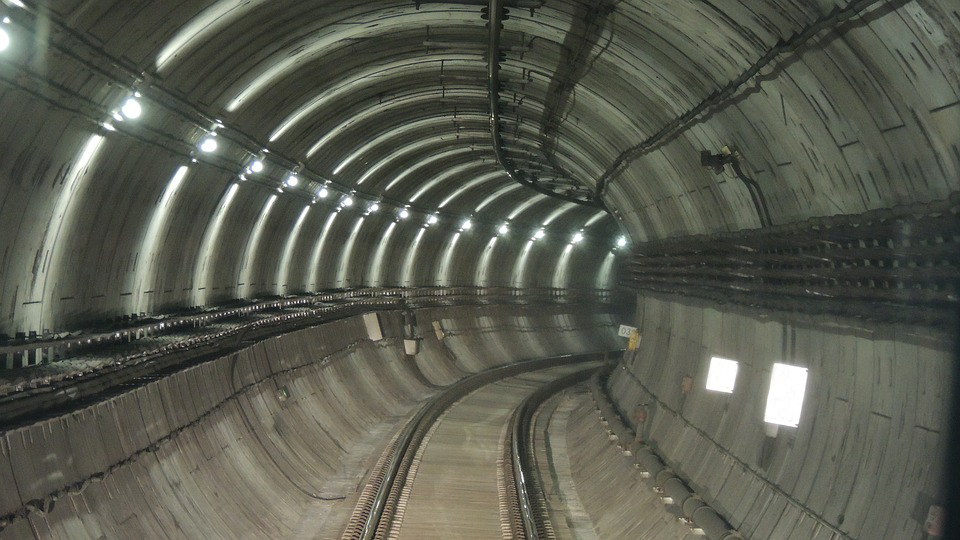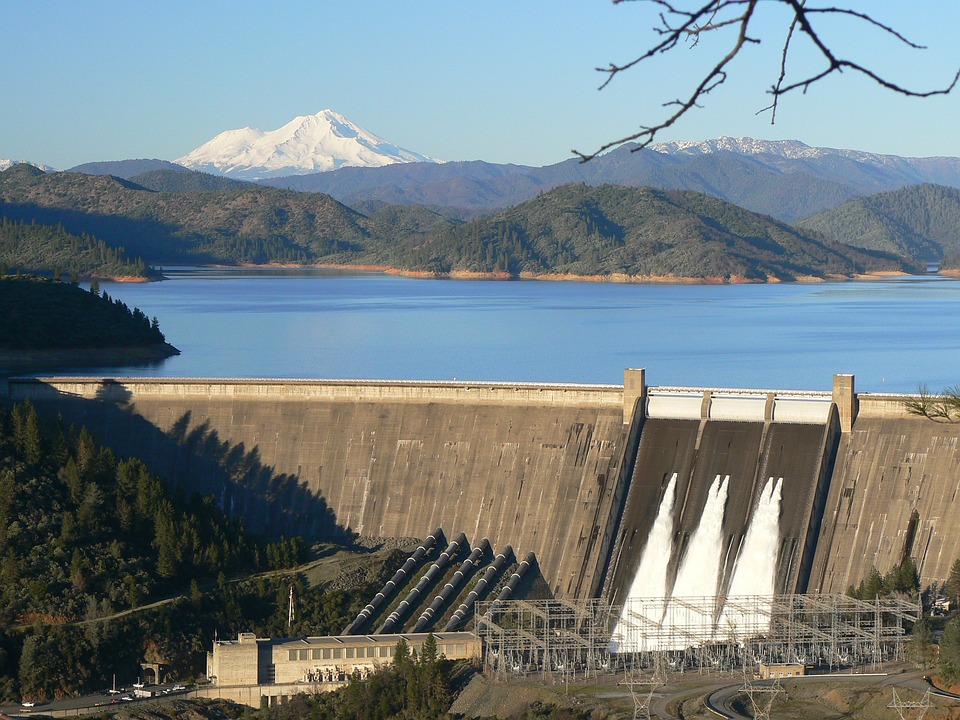President Trump, without any fanfare this week, again declared that it is “Infrastructure Week.” Who knows why he did that since official activities planned for Infrastructure Week are scheduled for May.
There are other significant unanswered questions. If Trump wants to make U.S. infrastructure a priority, why did he threaten to shut down government last week over attempts to include funding for an infrastructure project in the spending bill?
The project he fought to kill is a $30 billion commuter rail, bridge and tunnel proposal connecting New York and New Jersey under the Hudson River. Few will argue that the project is one of the most important U.S. infrastructure projects in history…but Trump threatened to veto any spending bill that included funding for the project.
The reason for Trump’s opposition can only be speculation. Strange as it is, while he is refusing funding for the critically needed project on the East Coast, the roles are totally reversed for a non-critical project on the West Coast.
It gets even stranger. The Trump administration is pushing for a $1.3 billion dam to be built in Northern California. But, not only does the President want the government to fund the construction completely, he also wants the federal government to oversee it.
There are a number of problems that have not diminished his support in any way. First of all, the project calls for expanding the structure vertically by about two stories and that would be construction that California state law prohibits.
There’s more – this particular dam is on federal land but legal precedent defers the decision to the state and California objects to the project. In spite of the state’s objection, the Trump administration is planning to spend $20 million on preconstruction activities in 2019. In his own Infrastructure Plan, President Trump says that infrastructure projects should be controlled by state and local government leaders.
Curious readers should take a look at both projects.
Gateway Project
The tunnels under the Hudson River are more than 100 years old and engineers estimate that deterioration will take place over the next 10 years. Hurricane Sandy in 2012 caused massive damage to one of the tunnels. The tunnels carry more than 800,000 riders per day and are the most used passenger rail lines in the entire U.S.

Shasta Dam
No one can deny that the structural integrity of California dams needs to be addressed; however, the Shasta Dam is an exception as it is a solid concrete dam and has no structural problems. It is unlike the Oroville Dam, which is constructed of earth and rock and caused an evacuation last year.

California environmental regulations have prevented the project from moving forward because it would inundate several miles of the McCloud River, which is protected by the 1972 Wild and Scenic Rivers Act. And, while the project would violate California law, it would have a big payoff for some who are close to the President. Supporters of the dam project include David Longly Bernhardt, Trump’s number two man in the Department of the Interior. Before taking his current position in the administration, Bernhardt was a lobbyist for a water district that wants the project badly.
The water district supporting the project receives water from the Shasta Dam and when a drought occurs, the area the district serves is one of the first to see its water usage cut. The dam expansion would bring more water into the area.
So, strange as it may sound, the California project that President Trump is determined to fund is not one of necessity. It is one that violates California laws, directs funding away from dams in need of structural repair and has a big payoff for those with close ties to the Trump administration.
Doesn’t something seem very wrong with this?
SPI’s government procurement experts can help any company grow business. Contact them today!






